The 1950s were often romanticized as the “golden age” of marriage, an era of white picket fences, neatly pressed aprons, and perfectly coiffed hair. Yet, behind that polished image existed a social structure defined by rigid gender roles and cultural expectations that would make most modern couples raise an eyebrow. While some values from that era, like commitment and family loyalty, still hold meaning, many marriage norms from the 1950s feel startlingly outdated today. Let’s revisit 16 of those old-fashioned ideas and see why they no longer fit the relationships of our time.
1. The Husband as the Sole Breadwinner

In the 1950s, it was almost universally accepted that a man’s duty was to earn the money while his wife stayed home. Women were rarely encouraged to work outside the home, even if they wanted to. A man’s ability to financially support his family was tied to his pride and masculinity. Today, couples often share financial responsibilities equally, and many households thrive on dual incomes. The outdated notion that men alone should shoulder the economic burden now feels unfair and limiting to both partners.
2. The Wife’s Job Was to Keep the House Perfect
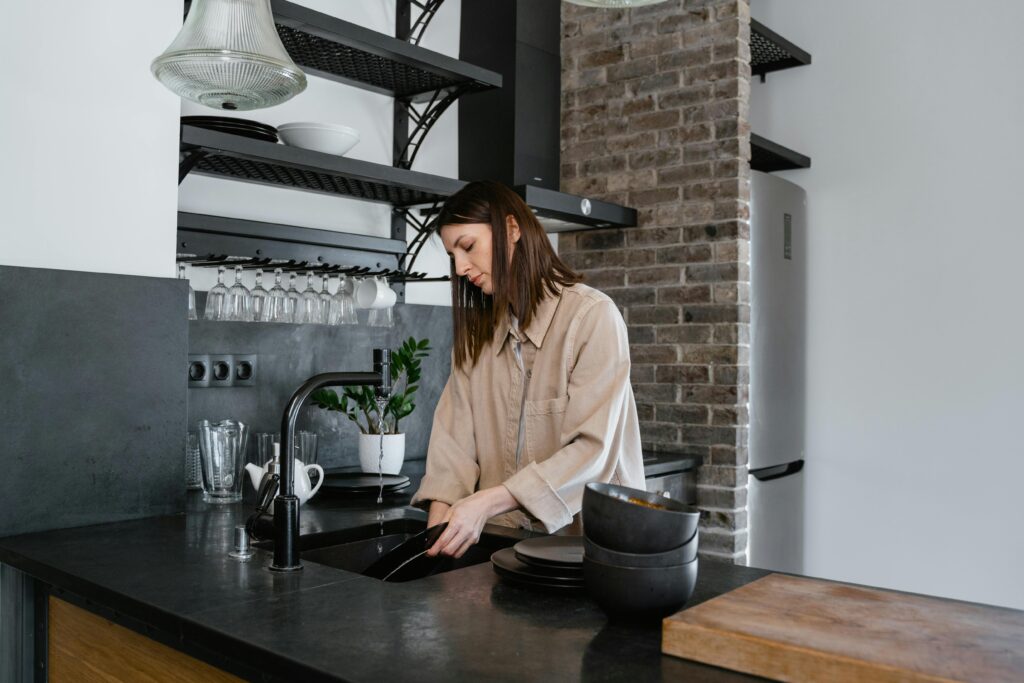
Back then, homemaking was seen as the ultimate female goal. Magazines and TV shows promoted the image of a spotless kitchen and a smiling wife greeting her husband at the door. A messy house was viewed as a reflection of a woman’s failure. In modern times, household chores are shared more equally, with both partners contributing to the home’s upkeep. The idea that a woman’s worth depended on how polished her floors looked has thankfully faded.
3. Divorce Was Considered a Scandal

In the 1950s, divorce carried a heavy social stigma. Couples often stayed together out of obligation, fear of judgment, or religious pressure, even when deeply unhappy. Women, in particular, risked being ostracized for ending a marriage. Today, society recognizes that divorce can be a healthy choice when love or respect fades. While long-term commitment is still valued, the freedom to walk away from toxic relationships is now widely accepted and even encouraged for emotional well-being.
4. Women Were Expected to Marry Young
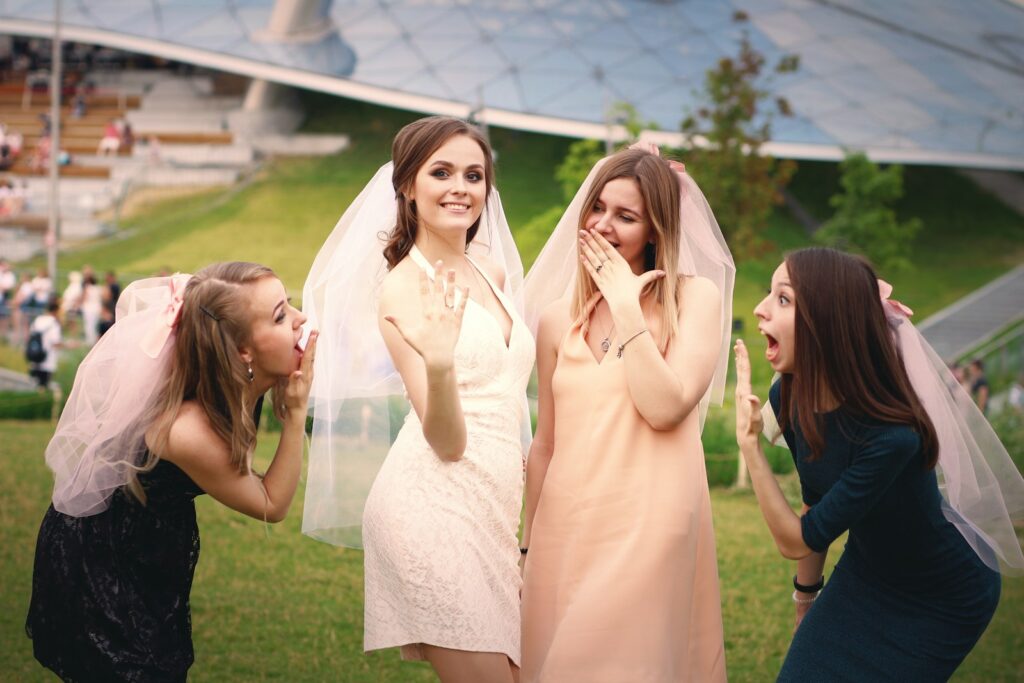
Marriage in the 1950s often happened early; many women tied the knot right out of high school or college. Remaining single past one’s mid-twenties was considered concerning, and “old maid” jokes were common. The expectation was that a woman’s future depended on finding a husband quickly. Today’s generation prioritizes personal growth, education, and career goals before marriage. People now understand that maturity and self-awareness make relationships stronger, regardless of age.
5. Men Made All the Big Decisions
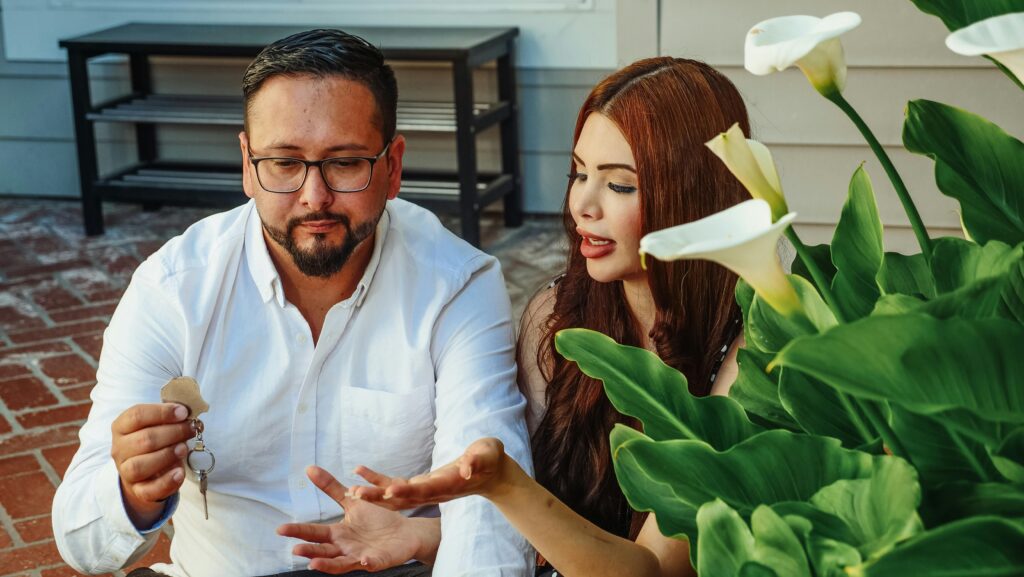
During the 1950s, marital dynamics placed men as the ultimate decision-makers, from buying a house to choosing where to vacation, husbands were seen as the authority figure. Wives were expected to defer politely to their husbands’ judgment. Today, relationships are built on mutual respect and shared decision-making. Couples collaborate, discuss, and compromise. The idea that one partner should dominate major choices feels outdated and even disrespectful to modern equality values.
6. The Wife Was Expected to Be “Submissive”

In post-war America, the ideal wife was obedient, gentle, and never confrontational. Magazines even published “marriage guides” teaching women how to keep their husbands happy by avoiding arguments or opinions that might offend. In the 21st century, a healthy marriage encourages open communication and emotional honesty. Equality is the foundation of lasting love, and the thought of a submissive partner simply doesn’t align with modern respect for individuality.
7. Marriage Was Seen as a Woman’s Greatest Achievement

Women in the 1950s were raised to believe that finding a husband was their ultimate goal in life. Career ambitions were discouraged, and single women were often pitied. Today, women pursue dreams, education, and independence with pride, whether or not marriage is part of the plan. A fulfilling life is no longer defined by one’s relationship status but by personal growth, happiness, and purpose. This shift in perspective has allowed marriages to become partnerships of equals.
8. Talking About Sex Was Taboo

The 1950s treated sexuality as a secret, especially for women. Newlyweds were often unprepared for intimacy, as sex education was almost nonexistent. Discussing desires, consent, or satisfaction was considered improper. Today, open conversations about intimacy are encouraged and recognized as essential to a healthy relationship. Modern couples understand that mutual respect, comfort, and consent are the cornerstones of a fulfilling partnership, something the 1950s rarely acknowledged openly.
9. Mental Health in Marriage Was Ignored
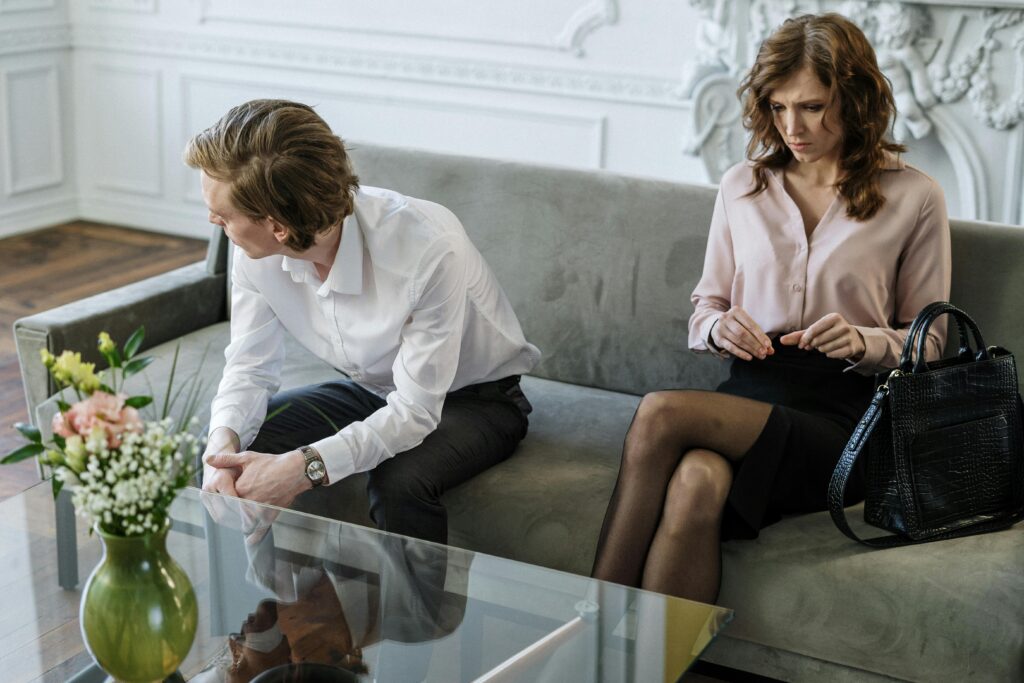
Emotional struggles were often brushed aside in 1950s marriages. Depression, stress, or anxiety were seen as personal weaknesses rather than issues needing understanding or support. Wives were told to “smile more,” and husbands were expected to “man up.” Today, mental health awareness is integral to strong relationships. Couples now know that empathy and communication help partners navigate emotional challenges together, replacing the silence that once surrounded such struggles.
10. Marriage Counseling Was Rarely Accepted

In the 1950s, the idea of going to therapy for marriage problems was almost unthinkable. Admitting you needed help was viewed as shameful or a sign of failure. Many couples simply endured their problems in silence. In modern times, marriage counseling and therapy are seen as healthy tools for strengthening communication and rebuilding trust. Seeking help today shows commitment and self-awareness rather than weakness, representing a more mature approach to love and partnership.
11. The “Happy Housewife” Ideal Was a Mask
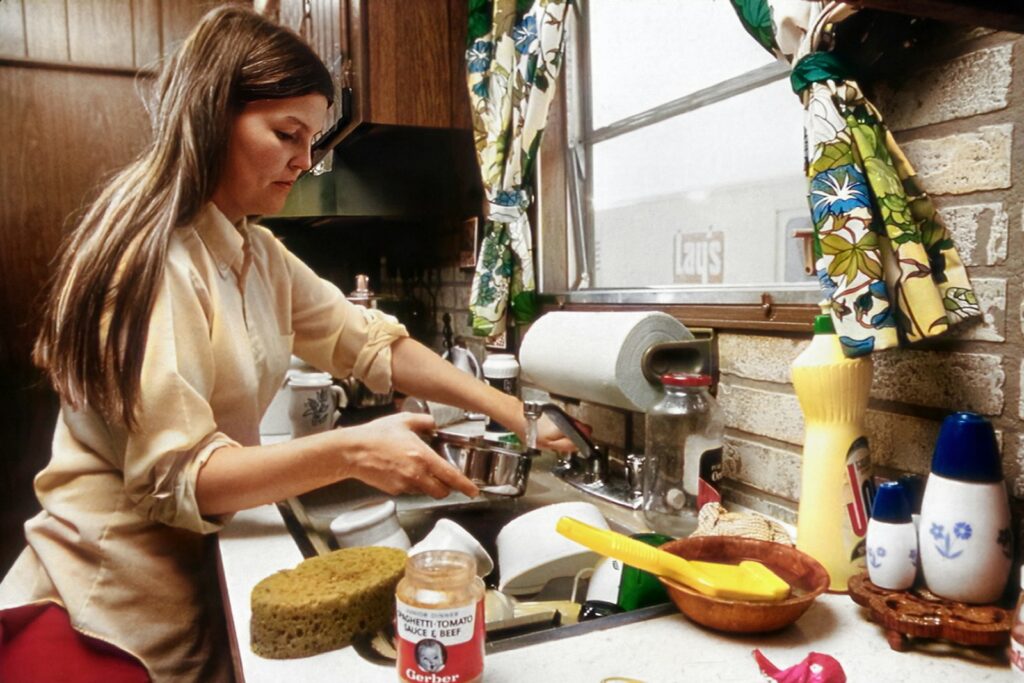
Images of joyful 1950s housewives filled advertisements and sitcoms, but many women silently struggled with unfulfilled dreams. The pressure to appear constantly cheerful led to loneliness and resentment. Today’s generation understands that emotional honesty matters far more than keeping up appearances. Modern marriages allow partners to express their struggles and support each other authentically, moving beyond the shallow perfection once glorified by mid-century culture.
12. Husbands Controlled the Finances

It was common in the 1950s for men to manage all money matters while wives received “household allowances.” Women rarely had their own bank accounts or credit cards. Today, financial transparency and equality are the norms. Couples share budgeting responsibilities, discuss investments, and make joint decisions about their financial future. This shift empowers both partners and removes the secrecy and dependency that once characterized traditional marriages.
13. Cooking Every Meal Was a Wife’s Duty

Cooking was a daily expectation for women in the 1950s, often accompanied by the belief that a “good wife” never let her husband go hungry. Even advertisements emphasized meals as an act of wifely devotion. Today, cooking is a shared experience, not an obligation tied to gender. Many couples enjoy preparing meals together or sharing duties based on schedules, not stereotypes. Food now represents love and connection, not a marker of a woman’s worth.
14. Public Displays of Female Independence Were Frowned Upon
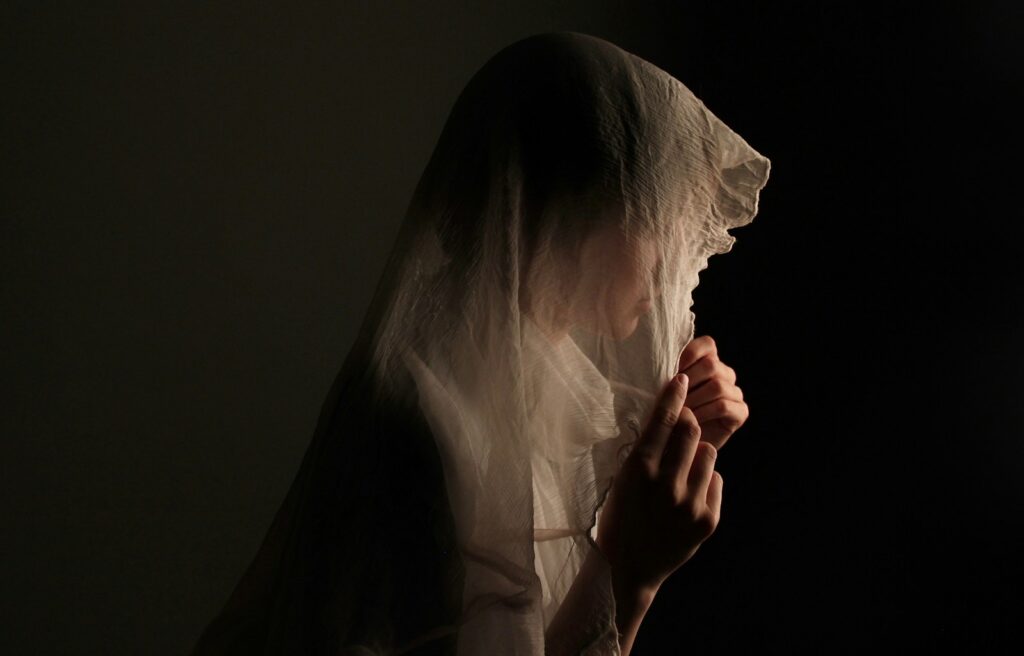
A woman who traveled alone, had her own income, or voiced strong opinions could easily be labeled “difficult” in the 1950s. Independence was seen as a threat to the traditional marriage model. Today’s society celebrates individuality, confidence, and ambition in both partners. Modern marriages thrive when each person maintains their independence while still supporting one another, a concept that was almost revolutionary in the mid-20th century.
15. Husbands Rarely Helped With Children

In the 1950s, childcare was almost entirely a mother’s responsibility. Fathers were expected to “play” with their kids but not change diapers or handle daily routines. Today, parenthood is far more balanced. Dads actively participate in nurturing, education, and emotional support. This evolution reflects a deeper understanding that parenting is teamwork and that both mothers and fathers benefit when they share the joy and effort of raising children.
16. Staying Married Was Valued Over Being Happy
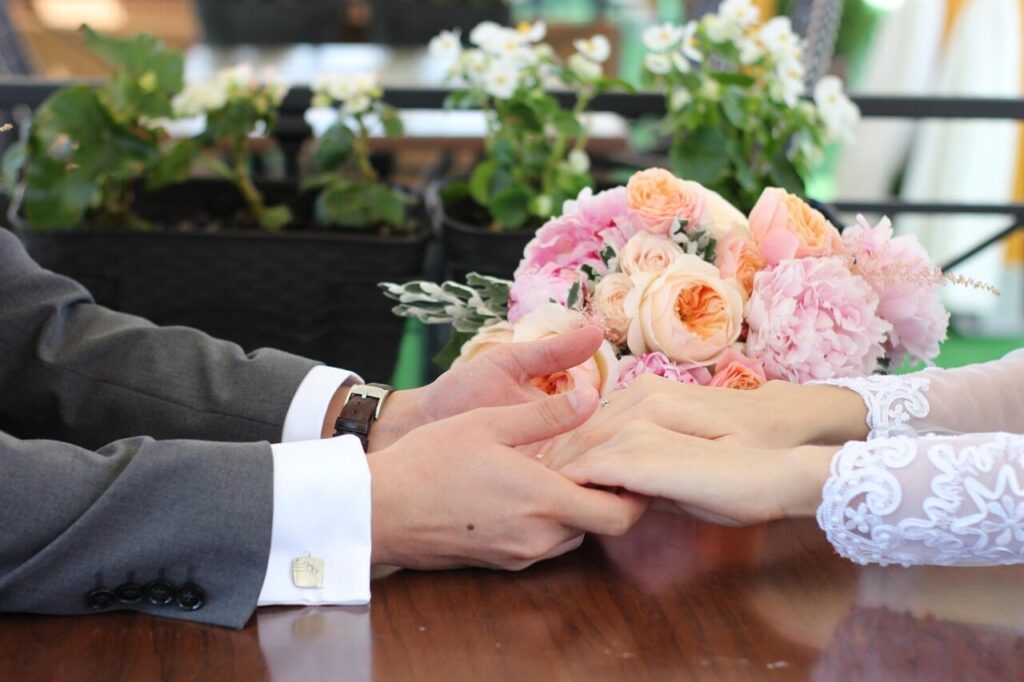
Perhaps the most startling difference between the 1950s and today lies in the meaning of marital success. Back then, longevity mattered more than emotional fulfillment. Couples often stayed together despite deep unhappiness simply to avoid judgment. Today, happiness, respect, and personal growth define a successful marriage. Modern couples value love that evolves, not one that merely endures. This change shows how far relationships have come from endurance to genuine emotional connection.
Comments